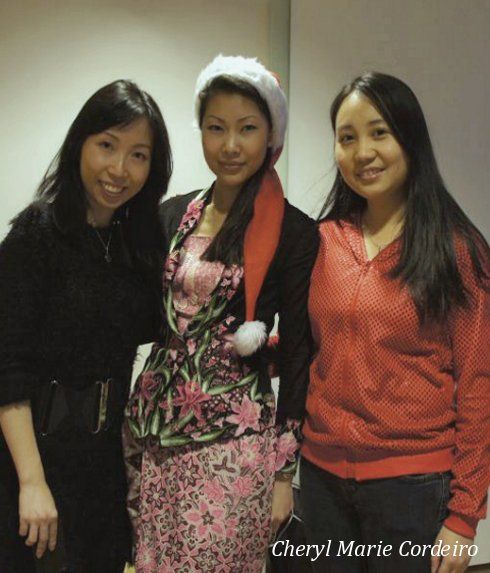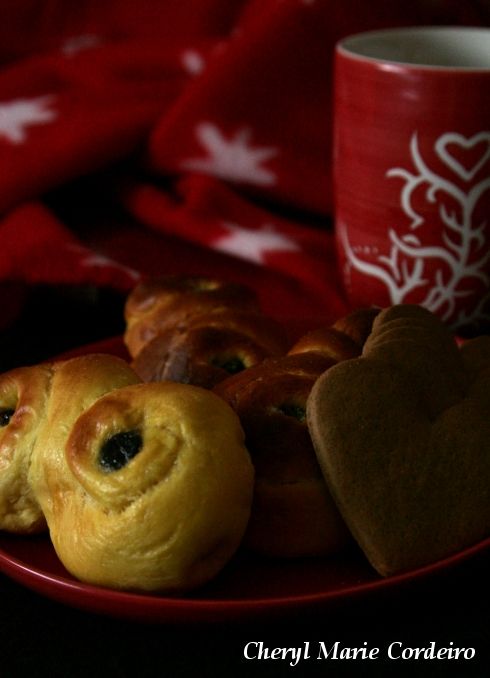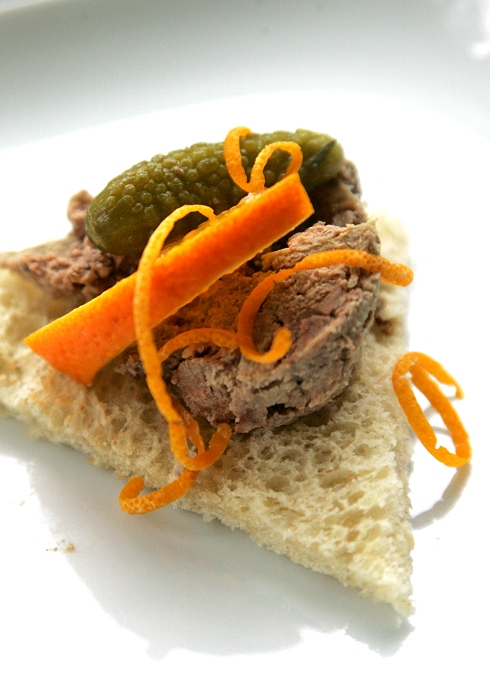Restaurant decoration at Sjömagasinet. In Swedish folklore well managed farm houses was looked after by their own house elf or elves. They were quiet and mostly invisible but kept themselves informed from the animals if everything was done right and proper. The house cat was their eyes and ears during daytime. If the people were good, the elves would help take care of the house and the family that lived there. Eventually these elves merged in Swedish lore with the later idea of a Juletide Tomte that brings the Christmas gifts.
Text and Photo © CM Cordeiro, JE Nilsson and T Eliasson, 2011
In the past years, we’ve dined enough at Sjömagasinet in Gothenburg (2009a, 2009b, 2008, 2007) to feel quite at home at what was once the old outfitting warehouse for the Swedish East India Company (1731-1813). In the 18th century their ships made round trips from Gothenburg to China and back where each trade voyage took about two years, bringing back immense fortunes for the participants.
During their many voyages these ships would dock at various ports around the world including Cadiz in Spain, to pick up silver and Batavia in Indonesia for spices, before reaching Canton in China. Besides tea, silk and spices they contributed significantly to the cultural exchange of knowledge between Sweden and Asia and brought back many important influences, not the least within the medical and culinary field that is so intriguingly interconnected. In this wharf equipment were stored such as sails, masts, spars and all things you might imagine being needed on a wooden ship about 50 meters long. The spirit of these adventures is still felt in the very walls of this building.
Continue reading “A magical evening with Ulf Wagner at Sjömagasinet, in Gothenburg 2011”

 With the quick glances of distraction observed from tourists and a slight quickening of their pace past the local lunch scene at Yuyuan in Shanghai, where the local people seemed perfectly at east sitting along the roadside with their bowl of rice in one hand and chopsticks in the other, eating whilst waiting for their next customer to walk into the shop, I understood with clearing clarity that for most of Northern Europe, dining was a much more formal affair around a set table.
With the quick glances of distraction observed from tourists and a slight quickening of their pace past the local lunch scene at Yuyuan in Shanghai, where the local people seemed perfectly at east sitting along the roadside with their bowl of rice in one hand and chopsticks in the other, eating whilst waiting for their next customer to walk into the shop, I understood with clearing clarity that for most of Northern Europe, dining was a much more formal affair around a set table. 


